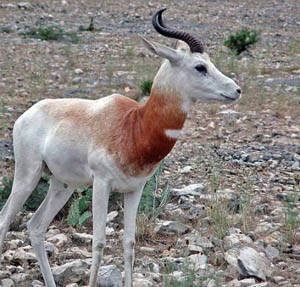
Gazella dorcas
Gazella dorcas,Dorcas gazelle
Deer gazelle (scientific name: Gazella dorcas) foreign name Dorcas Gazelle, ···
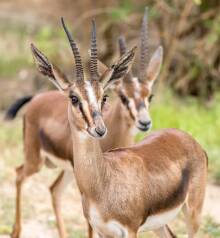
Gazella cuvieri
Gazella cuvieri,Cuvier's Gazelle, Knight's Gazelle
Cuvier's Gazelle (scientific name: Gazella cuvieri) is also known as Cuv···
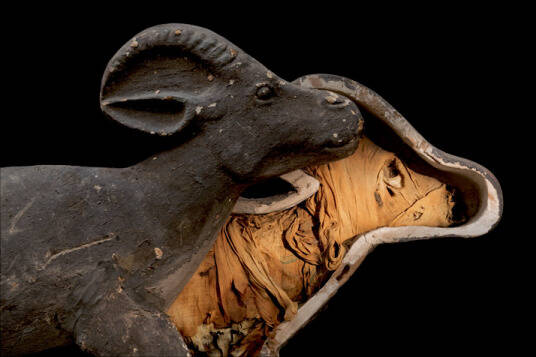
Gazella bilkis
Gazella bilkis,Queen of Sheba's Gazelle
The Yemen Gazelle (scientific name: Gazella bilkis, English name: Queen of S···
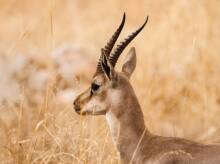
Gazella bennetti
Gazella bennetti
Indian Gazelle (scientific name: Gazella bennetti) is also known as Chinkara···
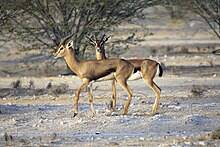
Gazella arabica,
The Arabian gazelle (Gazella arabica) is an enigmatic gazelle that was hunte···
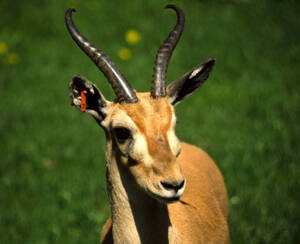
Eudorcas tilonura
Eudorcas tilonura
Eritrean Gazelle (scientific name: Eudorcas tilonura) English Heuglin's ···
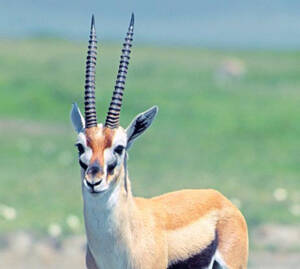
Eudorcas thomsonii
Eudorcas thomsonii,Thomson's gazelle, Thompson's gazelle, Thomson's gazelle
Thomson's gazelle, scientific name: Eudorcas thomsonii (Günther, 1884) ···
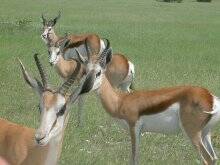
Eudorcas rufifrons
Eudorcas rufifrons
Red-fronted Gazelle (scientific name: Eudorcas rufifrons) is also known as R···
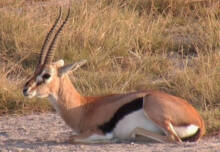
Eudorcas albonotata
Eudorcas albonotata
Mongalla Gazelle (scientific name: Eudorcas albonotata) English: Mongalla Ga···
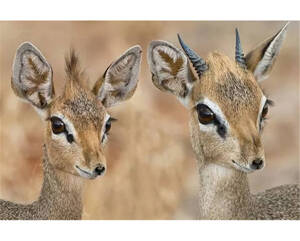
Dorcatragus megalotis
Dorcatragus megalotis,
Dorcatragus megalotis (scientific name: Beira, Beira Antelope) is the only s···
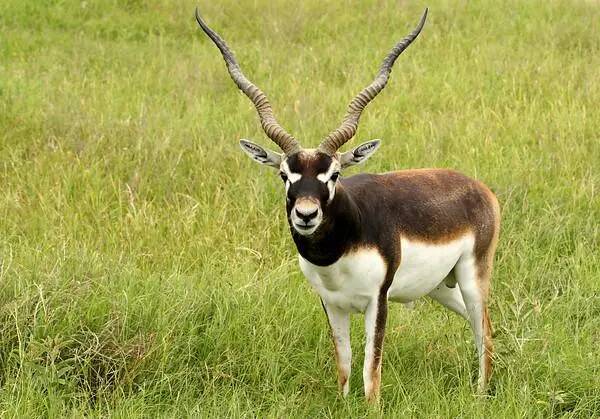
Antilope cervicapra
Antilope cervicapra
Antilope cervicapra, also known as Blackbuck in English, has two subspecies.···
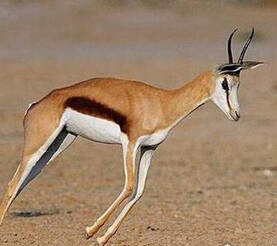
Antidorcas marsupialis
Antidorcas marsupialis
Springbok (scientific name: Antidorcas marsupialis) is called Springbok in f···
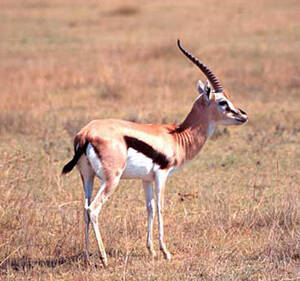
Ammodorcas clarkei
Ammodorcas clarkei,Sand Antelope,Clark's Gazelle
Clark's Gazelle (scientific name: Ammodorcas clarkei), also known as Cla···
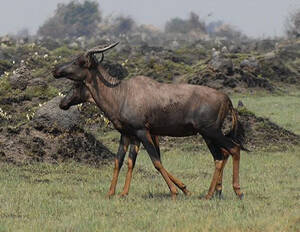
Damaliscus superstes
Damaliscus superstes,Wildebeest at Lake Bangweulu
Bangweulu Lake Wildebeest (scientific name: Damaliscus superstes) is also kn···
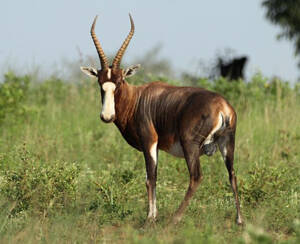
Damaliscus pygargus
Damaliscus pygargus,Damaliscus pygargus pygargus,Damaliscus pygargus phillipsi
White-striped wildebeest (scientific name: Damaliscus pygargus) is also know···
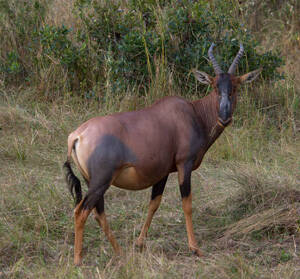
Damaliscus lunatus
Damaliscus lunatus,Black-faced hartebeest, South African oryx Black-faced hartebeest, South African oryx
The horned wildebeest (scientific name: Damaliscus lunatus) is also known as···
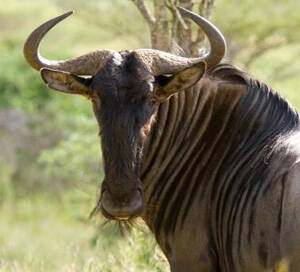
Connochaetes taurinus
Connochaetes taurinus,Common Wildebeest,Common wildebeest, blue wildebeest, spotted wildebeest, white-bearded wildebeest
Common Wildebeest (Connochaetes taurinus) has five subspecies.Common Wildebe···
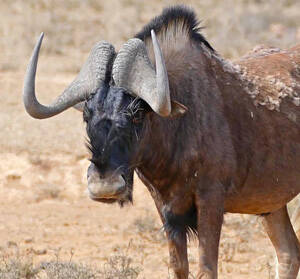
Connochaetes gnou
Connochaetes gnou,Black Wildebeest, White-tailed Gnu
White-tailed wildebeest (scientific name: Connochaetes gnou) is also known a···
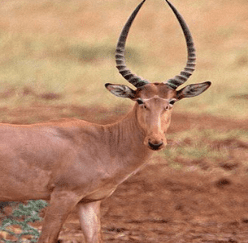
Beatragus hunteri
Beatragus hunteri,Hirola,Herola,Four-eyed hartebeest
Hirola (scientific name: Beatragus hunteri) is also known as Hirola and Hero···
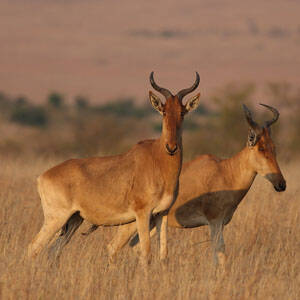
Alcelaphus buselaphus
Alcelaphus buselaphus,Red Hartebeest
Red Hartebeest (scientific name: Alcelaphus buselaphus) is also known as Red···
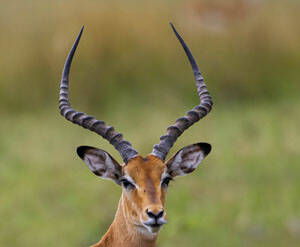
Aepyceros melampus
Aepyceros melampus,Impala,Common Impala
Impala (scientific name: Aepyceros melampus) is also known as Impala and Com···
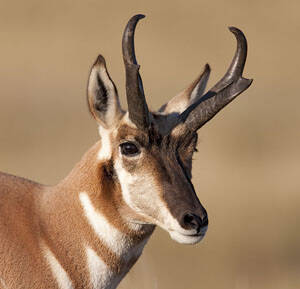
Antilocapra americana
Antilocapra americana,pronghorn,American Antelope
Pronghorn (scientific name: Antilocapra americana) is also known as pronghor···
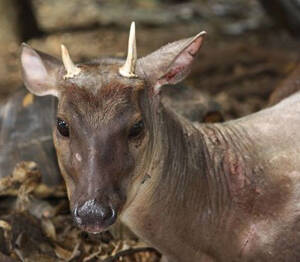
Mazama americana
Mazama americana, Red Brocket, Corzuela Colorado、Corzuela Roja, Veado-mateiro
Red Brocket (scientific name: Mazama americana) is called Red Brocket in Eng···
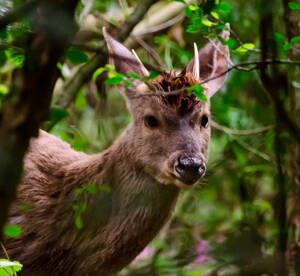
Mazama gouazoubira
Mazama gouazoubira, Gray Brocket、Brown Brocket,Cabra Silvestre、Corzuela Común、Corzuela Parda、Guazu、Guazu Virá Corça、Veado-catingueiro
Gray Brocket (scientific name: Mazama gouazoubira) is called Gray Brocket an···
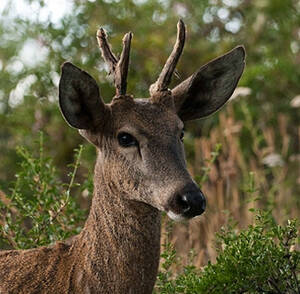
Hippocamelus bisulcus
Hippocamelus bisulcus,Patagonian Huemul
Chilean Huemul (scientific name: Hippocamelus bisulcus), also known as Patag···
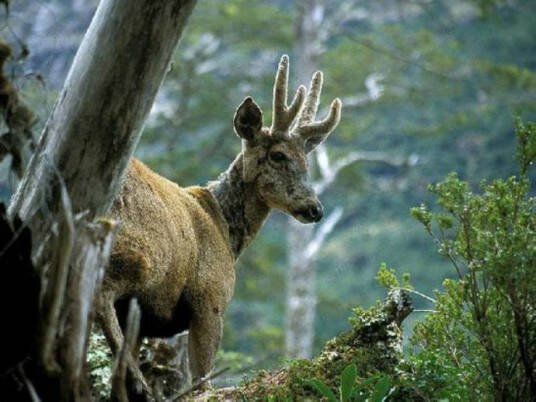
Hippocamelus antisensis
Hippocamelus antisensis
The Peruvian horse moose, whose scientific name is Hippocamelus antisensis, ···
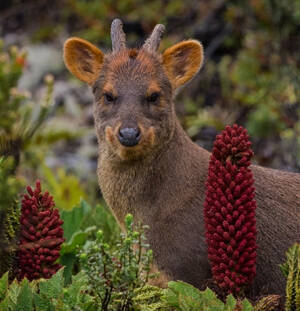
Pudu puda
Pudu puda,Southern Pudu
Chilean Pudu (scientific name: Pudu puda) is called Southern Pudu in foreign···
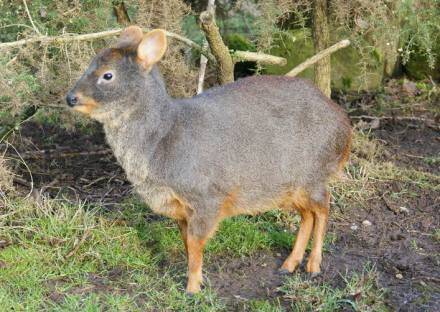
Pudu mephistophiles
Pudu mephistophiles,De Winton
Pudu mephistophiles (De Winton) is also known as the northern Pudu deer.Pudu···
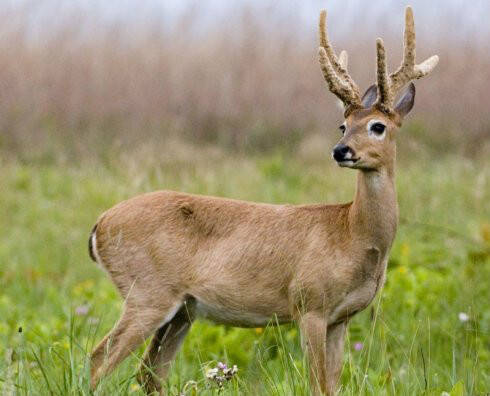
Ozotoceros bezoarticus
Ozotoceros bezoarticus
The scientific name of the steppe deer is Ozotoceros bezoarticus, which is a···
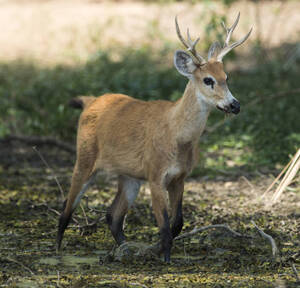
Blastocerus dichotomus
Blastocerus dichotomus,Swamp Deer
The South American Swamp Deer (scientific name: Blastocerus dichotomus), als···
